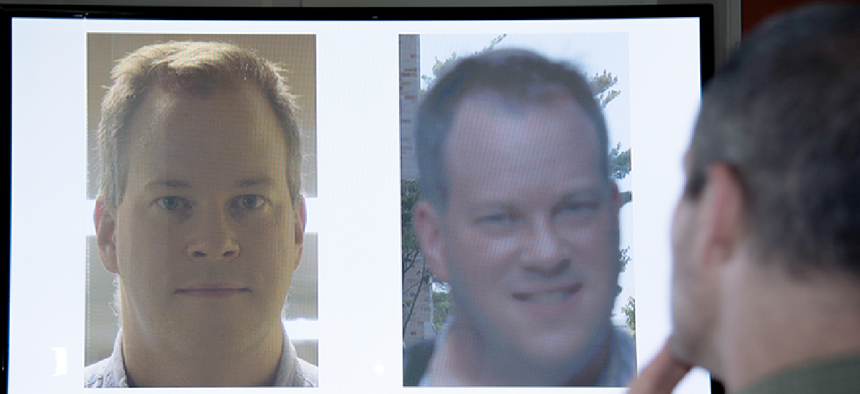Man + machine makes for most accurate facial recognition


Connecting state and local government leaders
In a study to determine whether algorithms or people are better at facial recognition, researchers determined that using both a professional identifier and an advanced algorithm produces the most accurate identifications.
Facial recognition technology has been gradually improving, leading to speculation as to when algorithms will be accurate enough to be widely used.
It might be soon if artificial intelligence can be paired with human experts, according to researchers with National Institute of Standards and Technology and three universities.
In a study to determine whether algorithms, professional facial examiners or people untrained in facial recognition perform best, the researchers determined that, so far, using a professional identifier and artificial intelligence in tandem produces the most accurate identifications.
The study itself involved a total of 184 participants, 87 of whom were trained professional facial examiners, 13 were "super recognizers," a term implying exceptional natural ability. The control group consisted of 53 fingerprint examiners and 31 undergraduate students, none of whom had training in facial comparisons.
For the test, the participants (humans and four of the latest algorithms) received 20 pairs of faces that featured images designed to be challenging because of limited control of illumination, expression and appearance. Participants (including the algorithms) rated the likelihood of each pair being the same person on a seven-point scale.
Some of the results were predictable: The trained professionals did significantly better than the untrained control groups, and the algorithms performed on par with the experts. It was also not surprising that the fused responses of the experts were more accurate than that of any individual expert because the fusing of scores decreased variability.
The most accurate identifications, however, came from results from single forensic facial examiners fused with the best-performing algorithm.
The results suggest "that humans and machines have different strengths and weaknesses that can be exploited/mitigated by cross-fusion," the study stated.
The researchers concluded that more testing of both humans and algorithms -- including a broader set of facial recognition tasks that features low quality images, video and faces from diverse demographics -- would provide a roadmap for highly accurate face identification.
Read the full study here.
NEXT STORY: OPM prototypes blockchain-based records transfer





